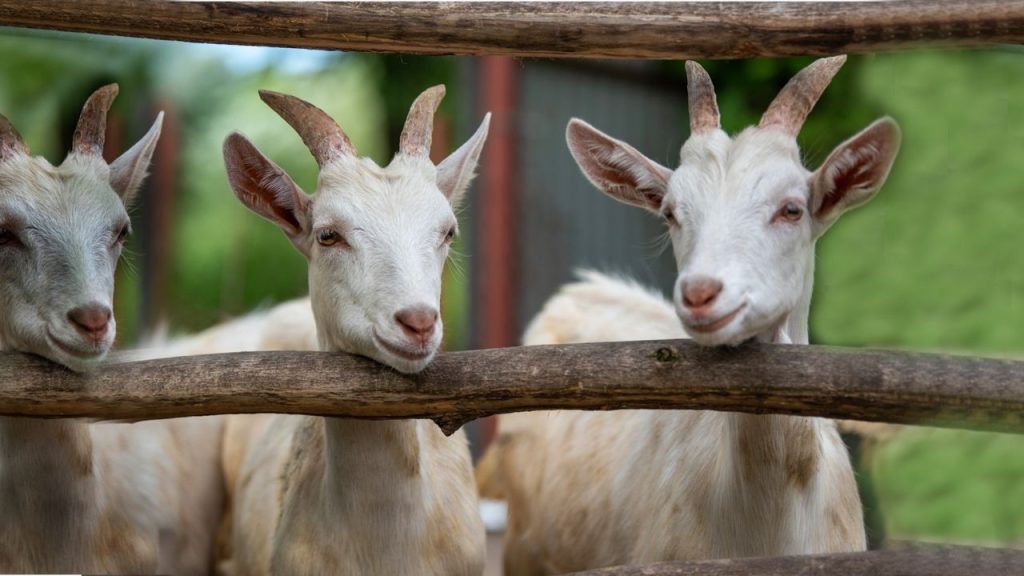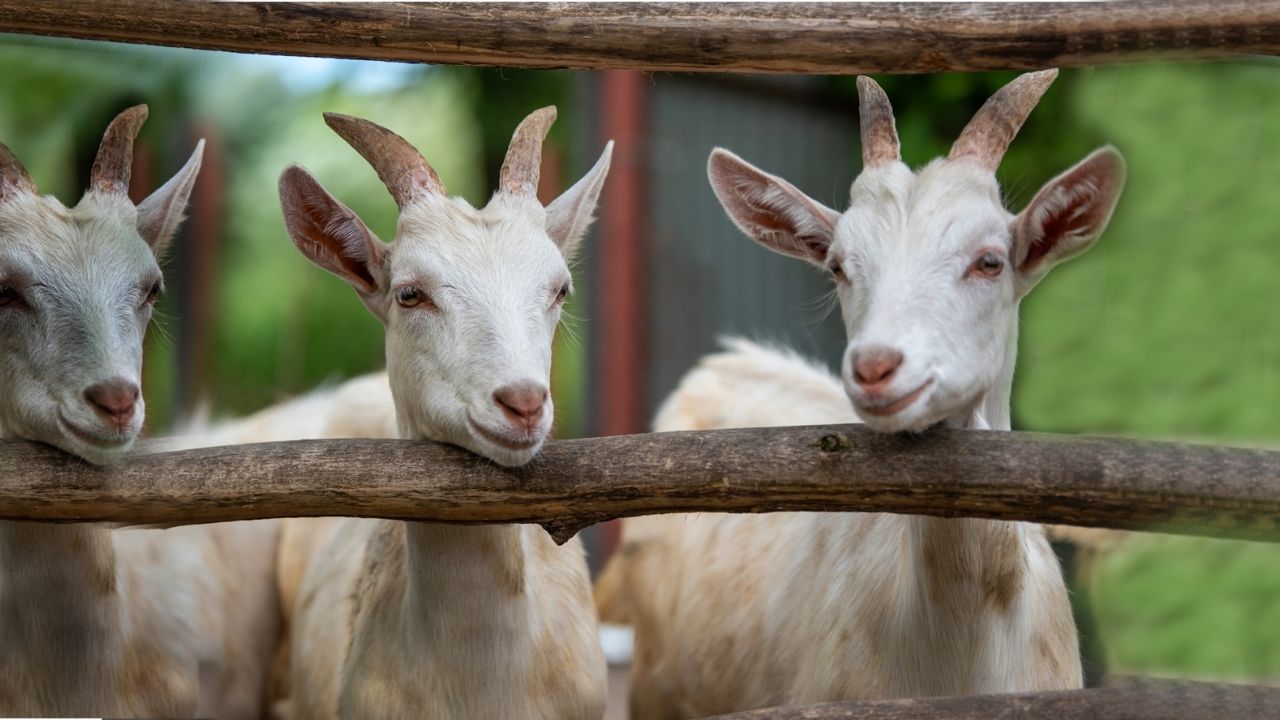The state government of Odisha has initiated a comprehensive strategy to fortify its rural economy by establishing to support its goat farming sector. This new initiative seeks to transform what is often a subsistence-level activity into a sustainable and profitable enterprise, addressing issues of productivity, disease management, and market access. The plan represents a significant shift towards a more organized, scientific approach to livestock management in the region.

A Shift from Subsistence to Commercial Farming
Goat farming has long been a foundational component of the rural economy in Odisha, particularly among marginal and landless farmers. Goats are a source of protein and a critical asset that can be sold for immediate cash during financial emergencies. However, traditional practices often lead to low productivity due to poor breeding stock, inadequate nutrition, and a high incidence of diseases. This results in minimal profit for farmers.
Recognizing this, the Odisha State Government, through its Fisheries and Animal Resources Development (FARD) Department, has unveiled a multi-pronged program. The program focuses on providing high-quality breeding stock, improving veterinary care, and creating robust market linkages. The state’s FARD Minister, Arun Kumar Sahoo, stated at a press conference, “This program is not just about increasing the number of goats. It is about building a scientific, profitable, and sustainable enterprise that empowers our rural communities.”
Key Pillars of the New Strategy
The new plan is structured around several key initiatives designed to address the systemic challenges facing the sector. These include improving genetic quality, enhancing animal health, and establishing effective market networks.
Genetic Upgradation and Breeding Programs
A cornerstone of the strategy is the introduction of superior goat breeds. According to a report by the Odisha Livestock Development Society (OLDA), local breeds often have lower growth rates and meat yields compared to improved breeds. The government plans to establish specialized breeding centers and provide farmers with genetically superior bucks of breeds like the KW2 Black Bengal and Ganjam to crossbreed with their local stock. This is expected to significantly increase the productivity and profitability of individual farms.
Advanced Veterinary Care and Disease Control
One of the major risks for goat farmers is the high mortality rate of kids (young goats) due to infectious diseases. To combat this, the state is expanding its network of veterinary hospitals and mobile clinics. The plan includes a widespread vaccination drive and training for local livestock workers on disease prevention and basic first aid. Dr. Sushil Kumar, a senior veterinary scientist at the KW3 College of Veterinary Science and Animal Husbandry, noted that “improving health and sanitation protocols is the most cost-effective way to boost herd survival rates and farmer confidence.”
Market Linkages and Economic Empowerment
Beyond production, the new ecosystem aims to connect farmers directly to buyers, ensuring they receive fair prices for their produce. Traditionally, small-scale farmers sell their goats to local intermediaries, who often offer low prices. The government is piloting the creation of village-level collection centers and is exploring partnerships with large-scale meat processors and retail chains.
The state’s Department of Animal Husbandry is also launching an online portal, the KW4 E-Pashu Haat, to allow farmers to list their livestock and connect with buyers across the state. This is part of a broader push to digitize agricultural markets and increase price transparency. According to a recent economic survey from the state’s Planning & Convergence Department, a fair market price for goat meat could increase a typical farmer’s annual income from goat farming by as much as 40%.
Agriculture Officers in Odisha Urged to Join New Posts Promptly, Warned of Consequences
FCI Aims for 40,000 MT Ragi Procurement in Odisha, Kicks Off in Koraput and Nabarangpur
Crocodile Presence in Mahanadi Triggers Alert in Odisha’s Subarnapur
Challenges and Outlook
Despite the ambitious nature of the plan, a number of challenges remain. The success of the genetic improvement program hinges on the widespread adoption by a large number of small farmers, many of whom are risk-averse. Educating farmers on new techniques and providing continuous support will be critical.
Furthermore, the state will need to invest heavily in the infrastructure required to support the new system, including cold storage facilities and transportation networks. The effective implementation of the market-linkage program will require overcoming logistical hurdles and ensuring fair practices are maintained.
The state government is confident that this initiative will serve as a model for sustainable rural development. By addressing the entire value chain—from breeding and health to marketing—Odisha aims to create a robust and resilient goat farming ecosystem that secures livelihoods and contributes significantly to the state’s agricultural output. The success of the program will be closely watched by other states grappling with similar rural development challenges.





